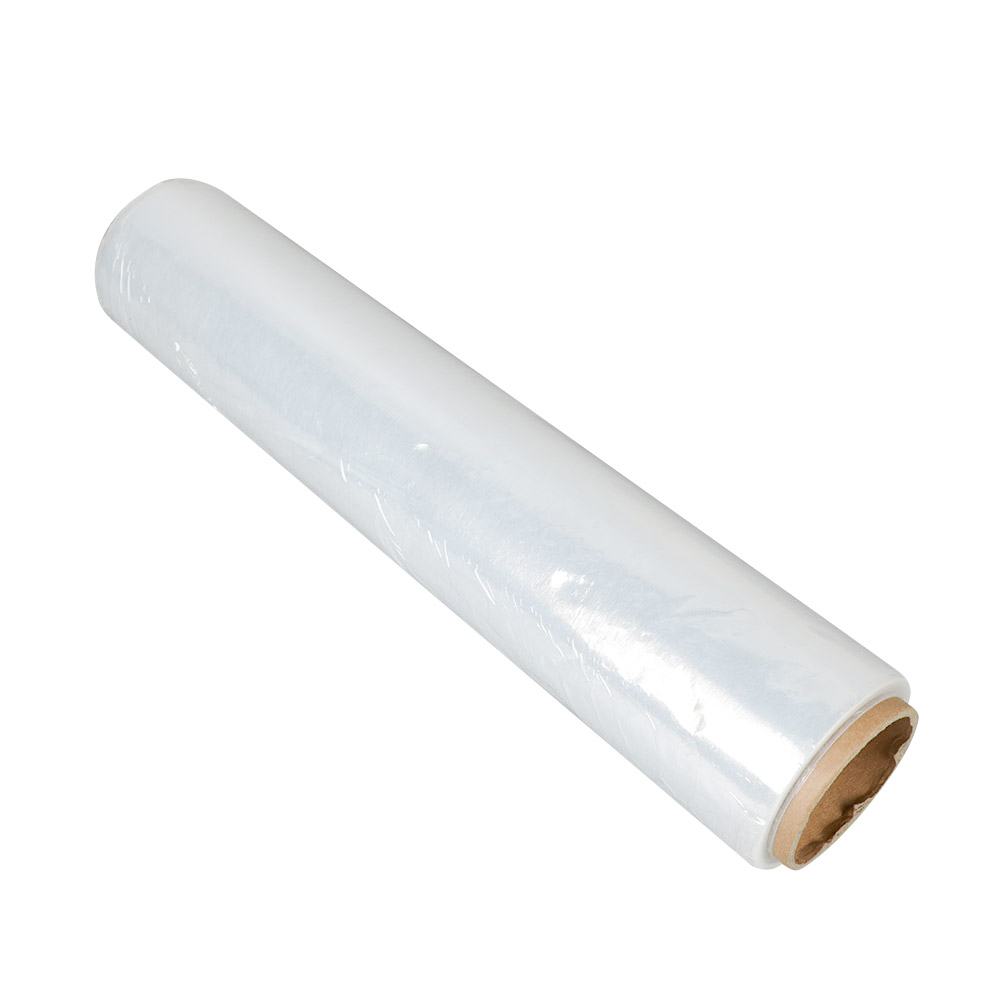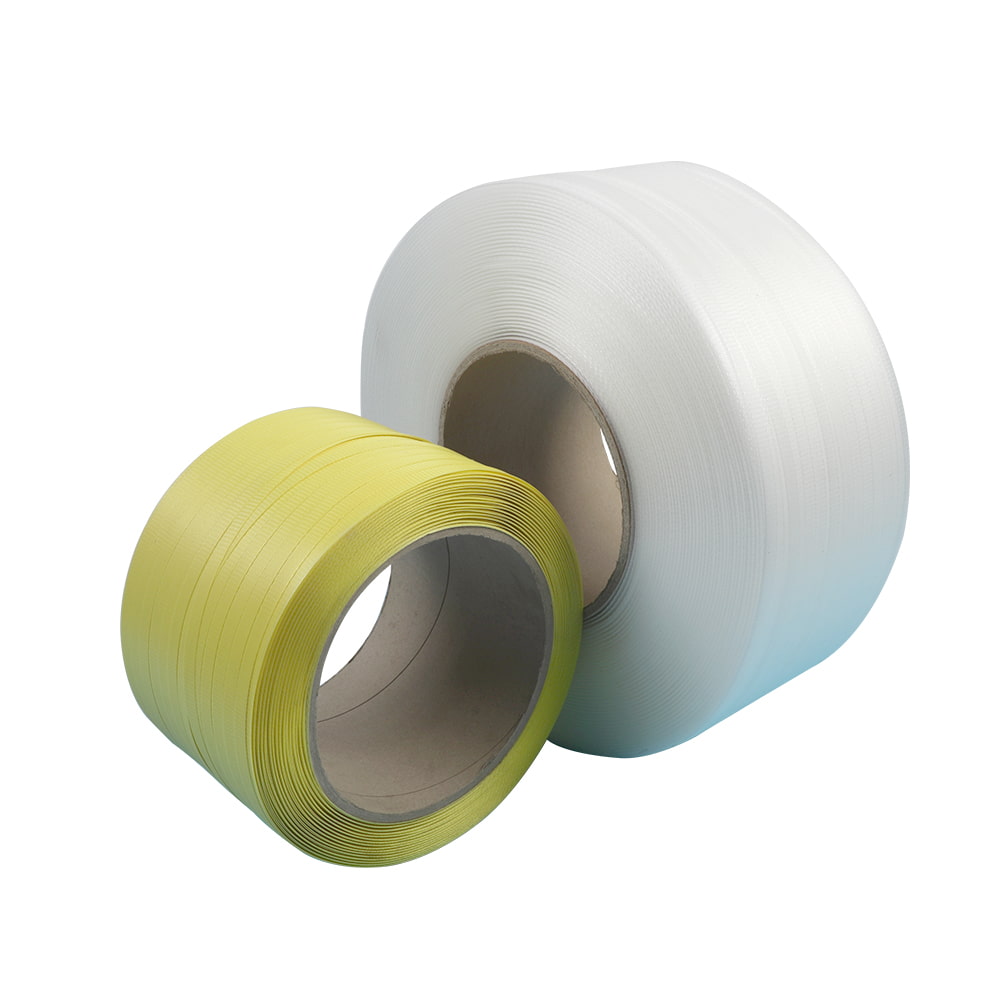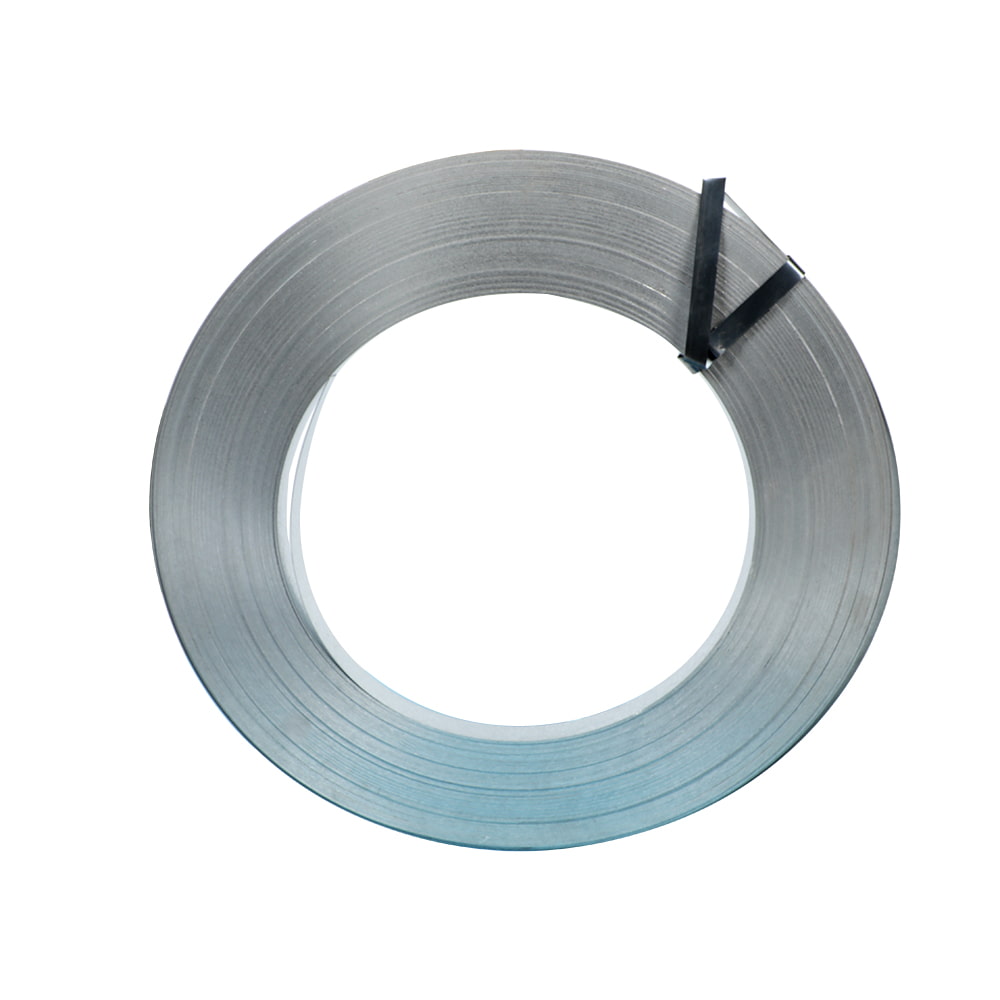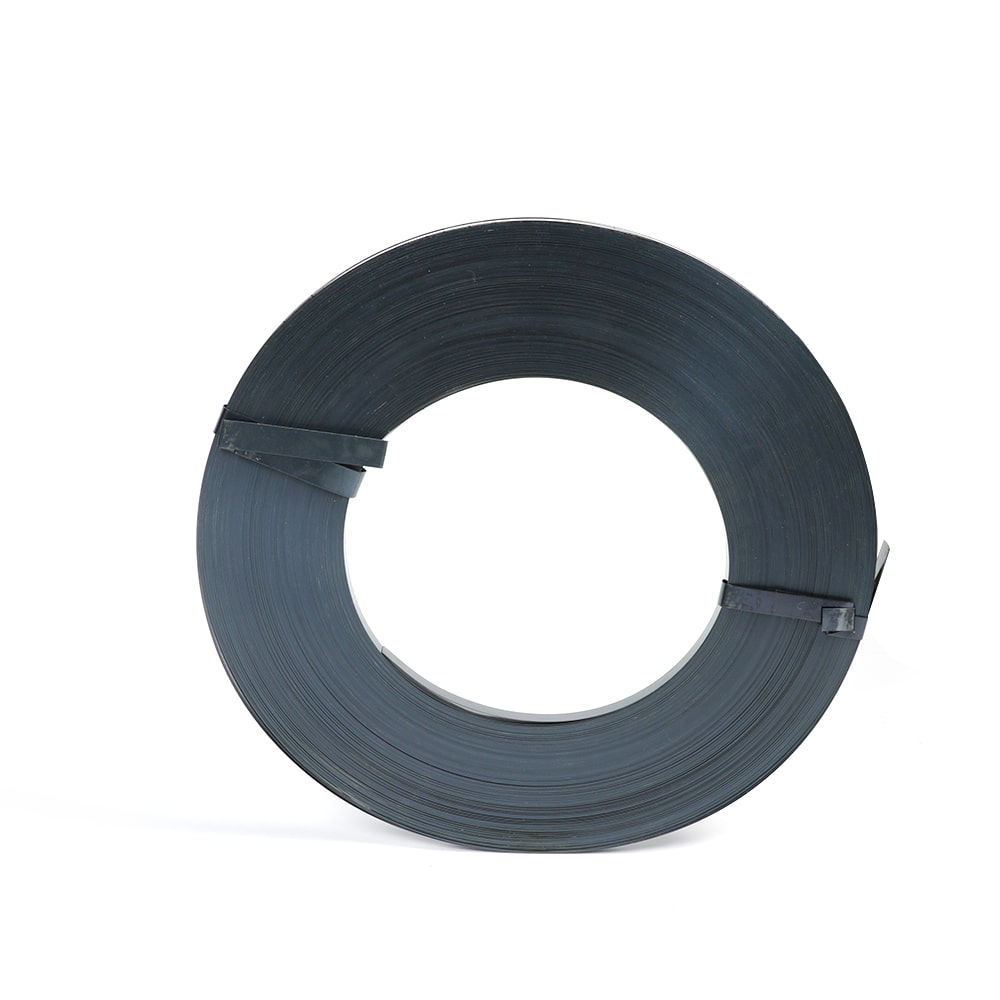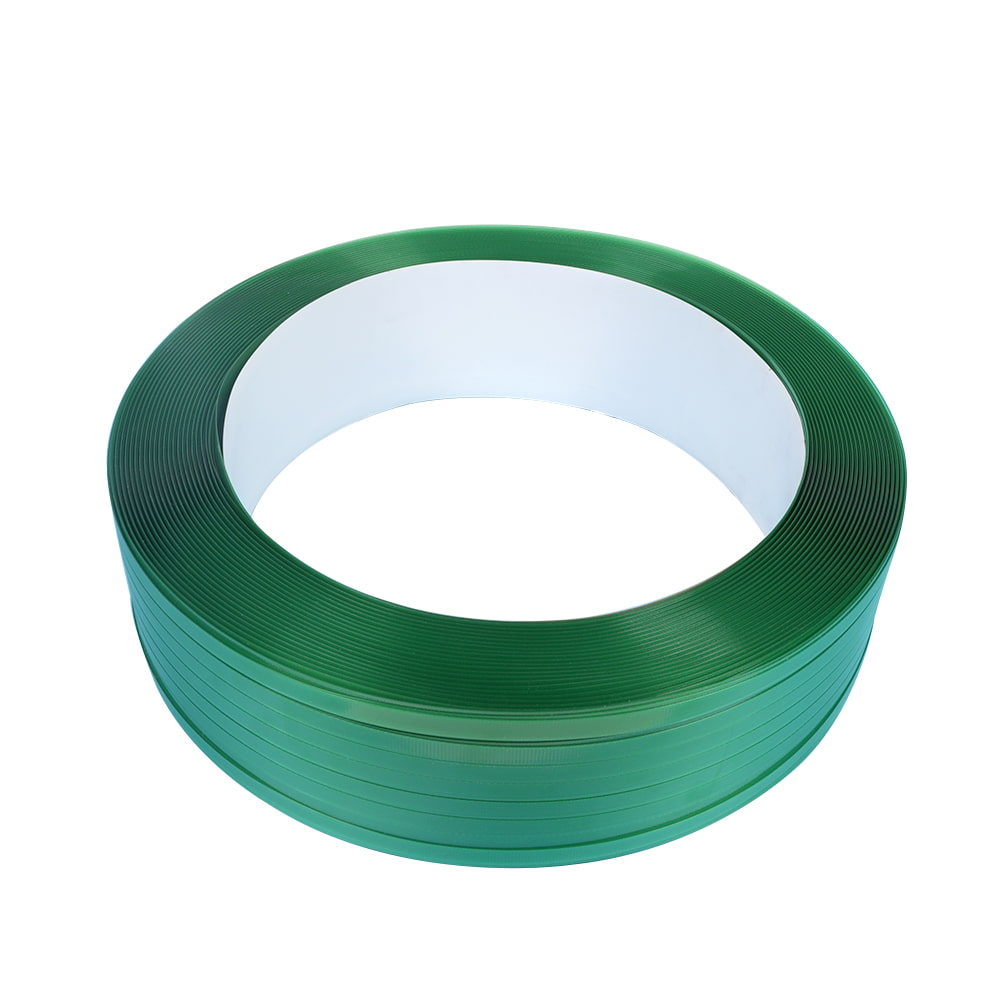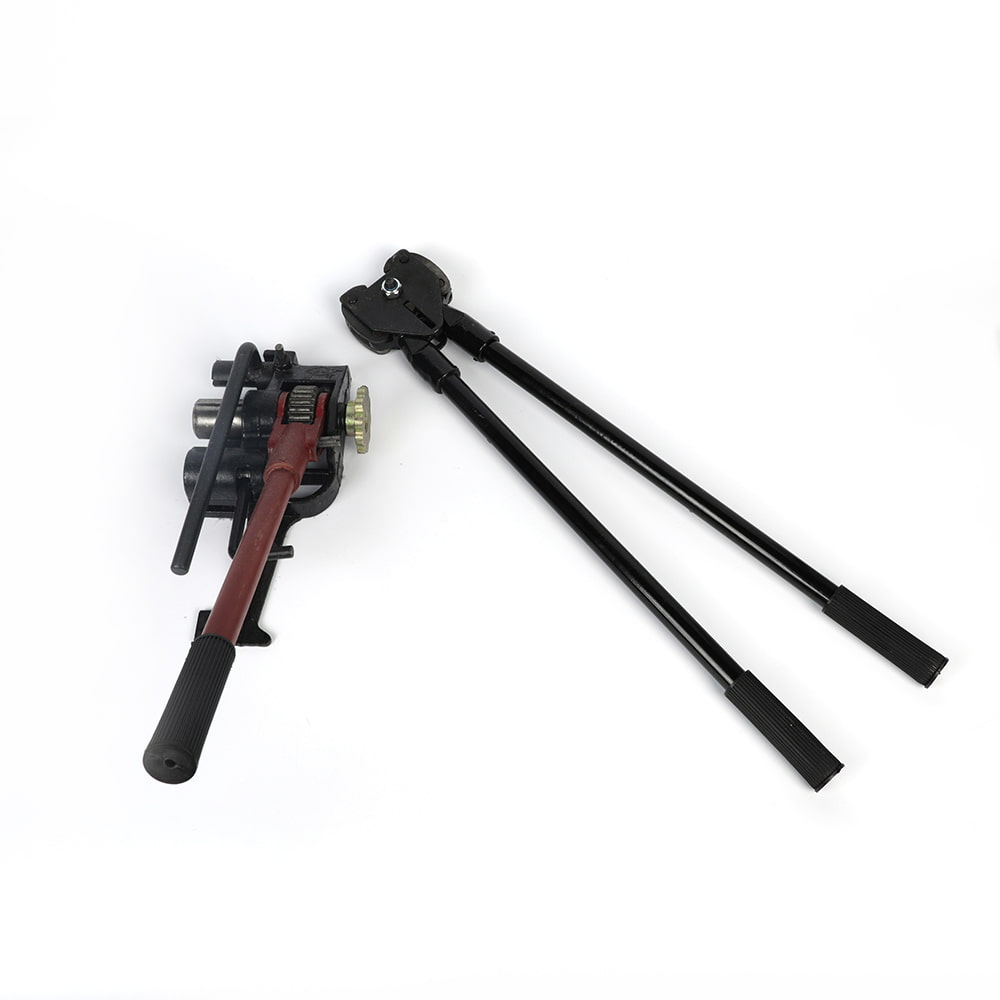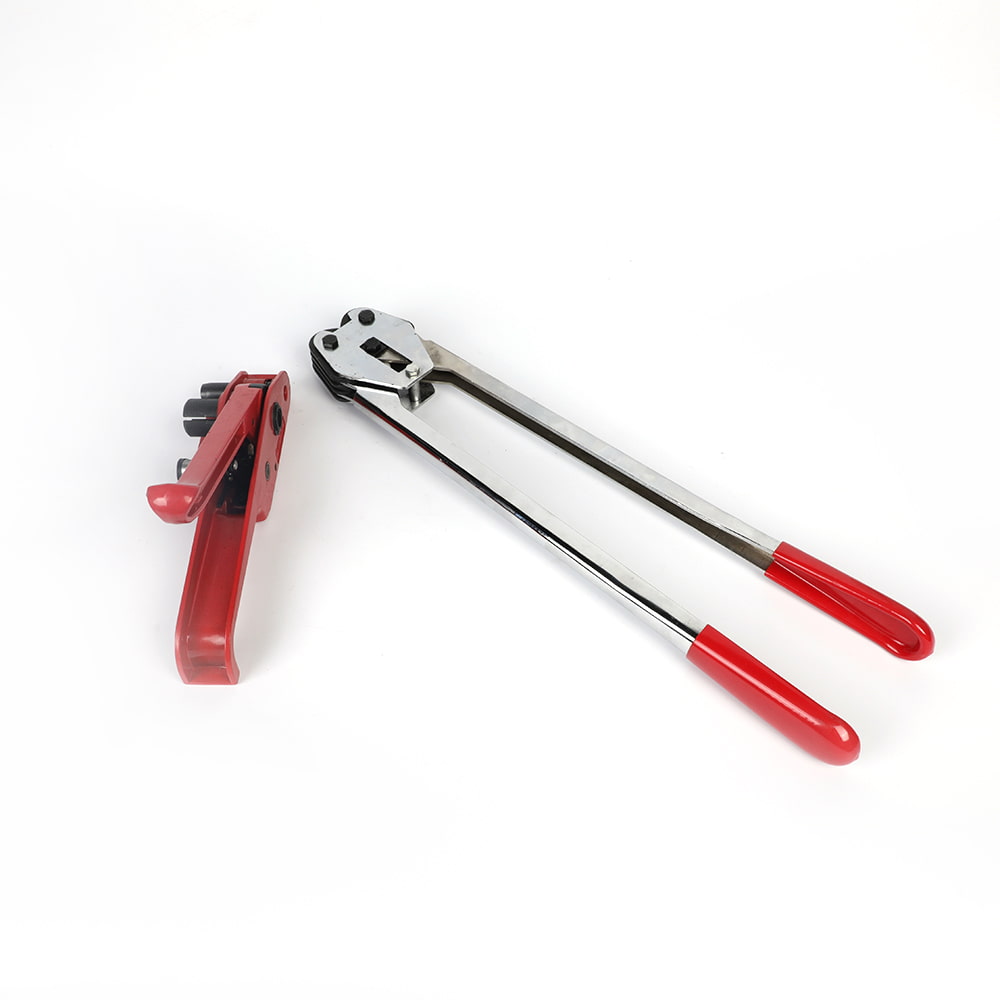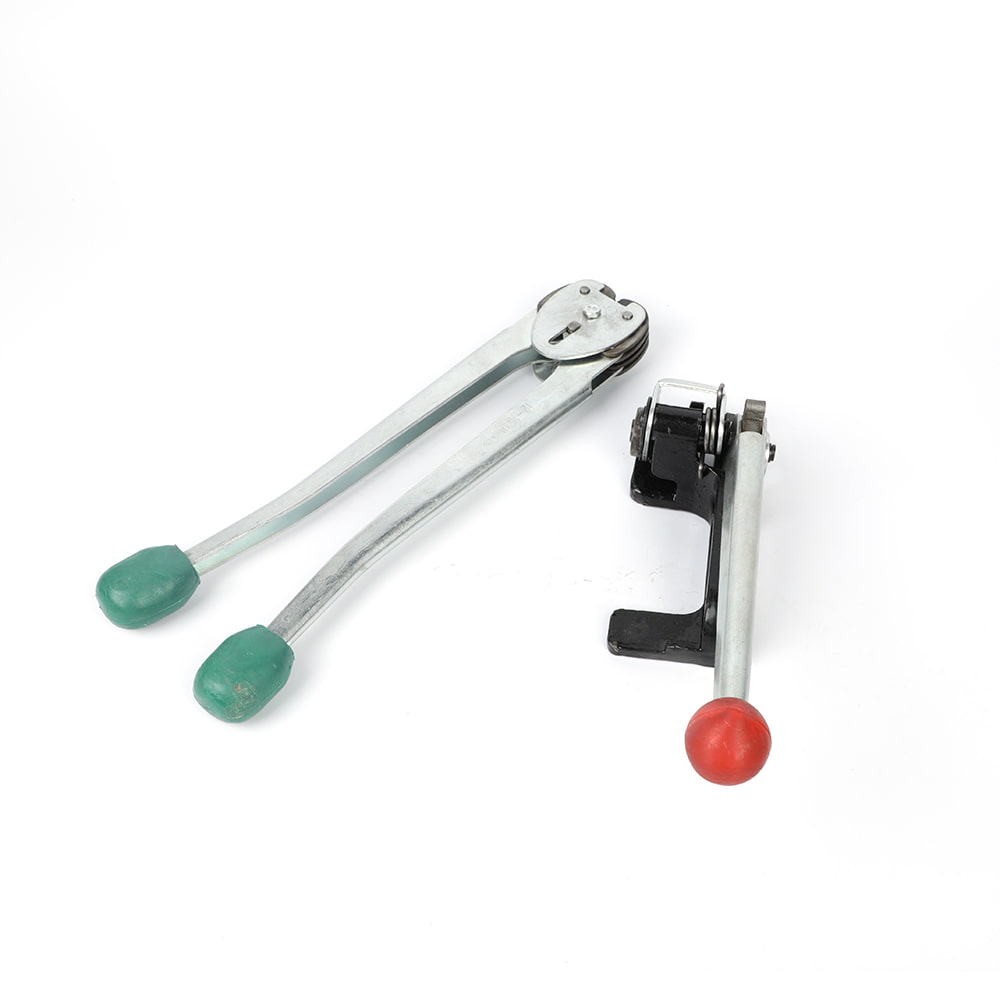Advanced Techniques for Effective Steel Strapping
Author:admin Date:2023-10-07
Effective steel strapping, often used for securing heavy loads or bundling materials in various industries, requires the application of advanced techniques to ensure safety, stability, and reliability. Here are some advanced techniques for effective steel strapping:
Proper Tensioning:
Achieving the correct tension is crucial for the effectiveness of steel strapping. Under-tensioned straps may not provide sufficient load containment, while over-tensioned straps can damage the product or the strapping itself.
Consider using pneumatic or battery-powered strapping tools with tensioning and sealing capabilities for consistent and accurate tension control.
Select the Right Strapping Material and Size:
Choose the appropriate steel strapping material (e.g., regular-duty, high-tensile) and size (width and thickness) based on the weight and dimensions of the load. Higher tensile strength straps are suitable for heavier loads.
Ensure that the strapping material complies with industry standards and regulations.
Sealing Methods:
Use the appropriate sealing method for your application. Common sealing methods include steel seals, seals with notches, or manual strapping tools.
For enhanced reliability, consider using seals with serrated edges or bonded seals designed to grip the strapping more securely.
Edge Protectors:
Employ edge protectors made of materials like plastic or cardboard to prevent the steel strapping from cutting into the product's edges. This is particularly important for delicate or easily damaged items.
Strap Placement and Orientation:
Position the steel strapping correctly on the load. For example, use a double strap or cross-bundle method for added stability when strapping large or irregularly shaped items.
Ensure that the strapping is oriented to distribute the load's weight evenly and minimize the risk of shifting during transport.
Strap Tensioning Tools:
Utilize advanced tensioning tools, such as pneumatic or battery-powered strapping tools with adjustable tension settings. These tools can provide consistent tension and reduce operator fatigue.
Safety Measures:
Train operators in proper steel strapping techniques to ensure safety and minimize the risk of accidents or injuries.
Provide personal protective equipment (PPE), such as gloves and safety glasses, to protect workers during the strapping process.
Regular Maintenance:
Keep strapping tools and equipment well-maintained to ensure their continued reliability and accuracy.
Perform routine inspections and preventive maintenance on strapping tools to identify and address any issues promptly.
Quality Control:
Implement quality control measures to monitor the strapping process and ensure that straps are correctly tensioned, sealed, and positioned on the load.
Conduct periodic checks to verify that strapping remains secure during transit and storage.
Environmental Considerations:
Consider the environmental conditions, such as temperature and moisture levels, when selecting strapping materials. Some environments may require specialized coatings or treatments for the steel strapping to prevent corrosion.
By implementing these advanced techniques, businesses can enhance the effectiveness and reliability of steel strapping applications while ensuring the safety of both the products being transported and the personnel handling the strapping process.
Proper Tensioning:
Achieving the correct tension is crucial for the effectiveness of steel strapping. Under-tensioned straps may not provide sufficient load containment, while over-tensioned straps can damage the product or the strapping itself.
Consider using pneumatic or battery-powered strapping tools with tensioning and sealing capabilities for consistent and accurate tension control.
Select the Right Strapping Material and Size:
Choose the appropriate steel strapping material (e.g., regular-duty, high-tensile) and size (width and thickness) based on the weight and dimensions of the load. Higher tensile strength straps are suitable for heavier loads.
Ensure that the strapping material complies with industry standards and regulations.
Sealing Methods:
Use the appropriate sealing method for your application. Common sealing methods include steel seals, seals with notches, or manual strapping tools.
For enhanced reliability, consider using seals with serrated edges or bonded seals designed to grip the strapping more securely.
Edge Protectors:
Employ edge protectors made of materials like plastic or cardboard to prevent the steel strapping from cutting into the product's edges. This is particularly important for delicate or easily damaged items.
Strap Placement and Orientation:
Position the steel strapping correctly on the load. For example, use a double strap or cross-bundle method for added stability when strapping large or irregularly shaped items.
Ensure that the strapping is oriented to distribute the load's weight evenly and minimize the risk of shifting during transport.
Strap Tensioning Tools:
Utilize advanced tensioning tools, such as pneumatic or battery-powered strapping tools with adjustable tension settings. These tools can provide consistent tension and reduce operator fatigue.
Safety Measures:
Train operators in proper steel strapping techniques to ensure safety and minimize the risk of accidents or injuries.
Provide personal protective equipment (PPE), such as gloves and safety glasses, to protect workers during the strapping process.
Regular Maintenance:
Keep strapping tools and equipment well-maintained to ensure their continued reliability and accuracy.
Perform routine inspections and preventive maintenance on strapping tools to identify and address any issues promptly.
Quality Control:
Implement quality control measures to monitor the strapping process and ensure that straps are correctly tensioned, sealed, and positioned on the load.
Conduct periodic checks to verify that strapping remains secure during transit and storage.
Environmental Considerations:
Consider the environmental conditions, such as temperature and moisture levels, when selecting strapping materials. Some environments may require specialized coatings or treatments for the steel strapping to prevent corrosion.
By implementing these advanced techniques, businesses can enhance the effectiveness and reliability of steel strapping applications while ensuring the safety of both the products being transported and the personnel handling the strapping process.

 EN
EN 
 English
English 中文简体
中文简体

